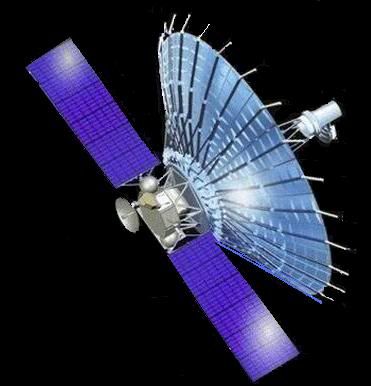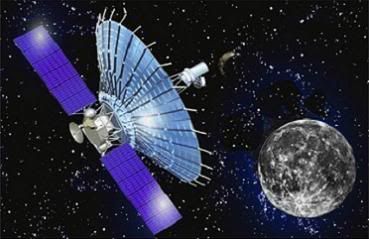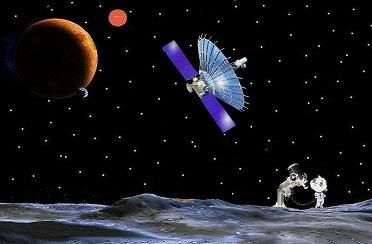|
|
Post by glactus on Sept 8, 2011 8:41:15 GMT
 The Spketr - R telescope A giant new Russian space telescope has unfurled its dish-like antenna which will observe far-away galaxies. The satellite will pick up radio waves from galaxies and black holes billions of light years away.  Spketr - R in space The operation to deploy the 10-metre-diameter antenna of the Spketr-R telescope, which was launched into orbit last Monday, was successfully carried out yesterday, space agency Roskosmos said in a statement. "According to telemetry data, the planned programme was carried out in full," Roskosmos said.  Looking at the Spketr - R telescope The telescope is going to point itself at the moon in a test phase and will start its programme of exploring deep space objects in around three months, Interfax said. The radio space telescope's launch was a major event in the Russian space programme, marking its first deep space project in years and heralding a return to cosmic exploration. Dubbed the "Russian Hubble" after the iconic US space telescope, the Russian instrument will in fact be able to produce images with a resolution many thousand times greater. The telescope will look at quasars, high-energy galactic centres in the distant universe, fast-spinning pulsar star remnants and also massive black holes. working life of at least five years To see video of the Spketr-R telescope just click on the link below. Has sound engforum.pravda.ru/index.php?/topic/236697-sky-eye-russian-hubble-1000-times-sharper/ Credits: Russian space agency image. text by wikipedia Spaceart by Glactus |
|